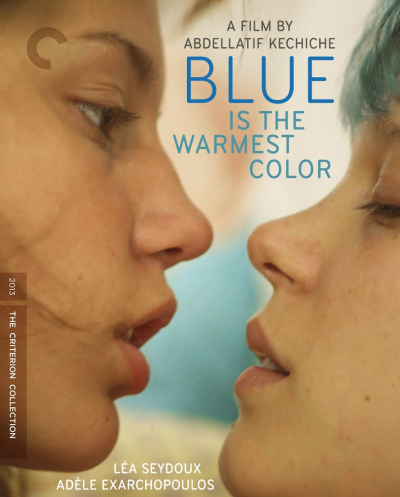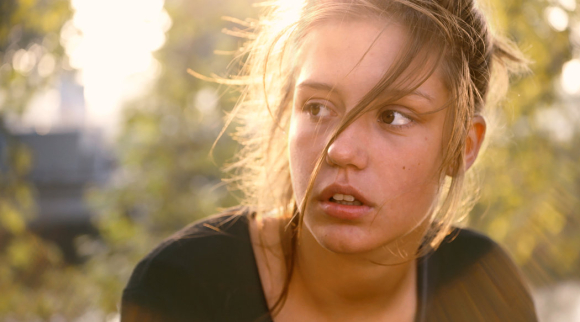 “Blue is the Warmest Color” is one of the most stunning films I’ve ever seen. I realize that sounds like a readymade pull-quote, and it's fine with me if it gets used as such, but I don’t offer lavish praise cheaply.
“Blue is the Warmest Color” is one of the most stunning films I’ve ever seen. I realize that sounds like a readymade pull-quote, and it's fine with me if it gets used as such, but I don’t offer lavish praise cheaply.
It would diminish this beautiful film to pigeonhole it to a modern standard-bearer for the LGBT movement (which it is); its tremendous depths of emotional intimacy demand more than that. Watching the three-hour love story unfold is a simultaneously transgressive and transcendent encounter in which the audience is compelled in no uncertain terms to fall head-over-heels in love with the film’s romantic heroine.
An epic coming-of-age romantic drama between two captivating forces of feminine nature, “Blue” is as intimate a representation of erotic and romantic love as has ever been committed to cinema. Graphic in its depiction of lesbian sex, it circumvents any accusations of pornographic intent by being hopelessly and sincerely sensual. If that sounds confusing, it should. What director Abdellatif Kechiche achieves is unprecedented.
The camera worships everything about lead actress Adèle Exarchopoulos. It contemplates her persuasively wanton lips, which wait in a constant state of a half-open invitation to be kissed. Her upper lip points in an upward arc that resembles a temple of tenderness. Poets could write a thousand sonnets about the slight wrinkle that flirts at the right corner of her mouth when a certain mood strikes. Every tiny movement of Exarchopoulos’s oral orifice transmits an encyclopedia’s worth of primal and intellectual information. Director Abdellatif Kechiche understands the power of Exarchopoulos’s mesmerizing face, and the filmmaker takes ample advantage of her unique features in extreme close-ups that convey volumes of narrative subtext.
Using the actress’s real first name blurs the line between the comely Exarchopoulos and the exotically nubile character she plays. Adèle is a French 16-year-old high school junior exploring the boundaries of romance as informed by the male classmate who pursues her. Yet Emma, an older woman with blue-dyed hair Adèle passes in the street, fans her inner desires. A chance meeting during her first visit to a lesbian bar introduces Adèle to Emma in a meet-cut sequence full of overflowing curiosity and erotic ambition.
As part of a clique of meddlesome schoolgirls, Adèle is publicly humiliated after her “friends” witness her leaving school with Emma (Léa Seydoux). Just when the story seems as though it will stay in one social stratum, it shifts without commentary.
Loosely adapted from Julie Maroh’s graphic novel “le bleu est une coleur chaude,” Kechiche and his co-writer Ghalia Lacroix create extended, seemingly real-time, sequences that allow the characters and story to develop in an organic fashion. That several of these protracted sequences involve beautifully explicit lovemaking sessions between Adèle and Emma adds incalculably to our empathy and understanding of the characters and the lustful nature of their relationship.
Social forces and personal insecurities are the antagonist. Early on, we see Adèle marching and shouting in an anti-austerity protest march. Later on, when she is a few years older Adèle participates in a LGBT parade. She has changed significantly. The audience is left to judge via their own individual perspective exactly how Adèle’s live-in relationship with Emma, and other internal and external factors, have influenced her.
“Blue is the Warmest Color” is a monumental cinematic achievement that must be experienced by anyone passionate about film. That the movie also encompasses national, familial, political, personal, sexual, intellectual, and artistic themes brings the narrative to an epic level of romantic drama. Still, it never over-stresses its implicit nature as an all-inclusive portrait of love.









